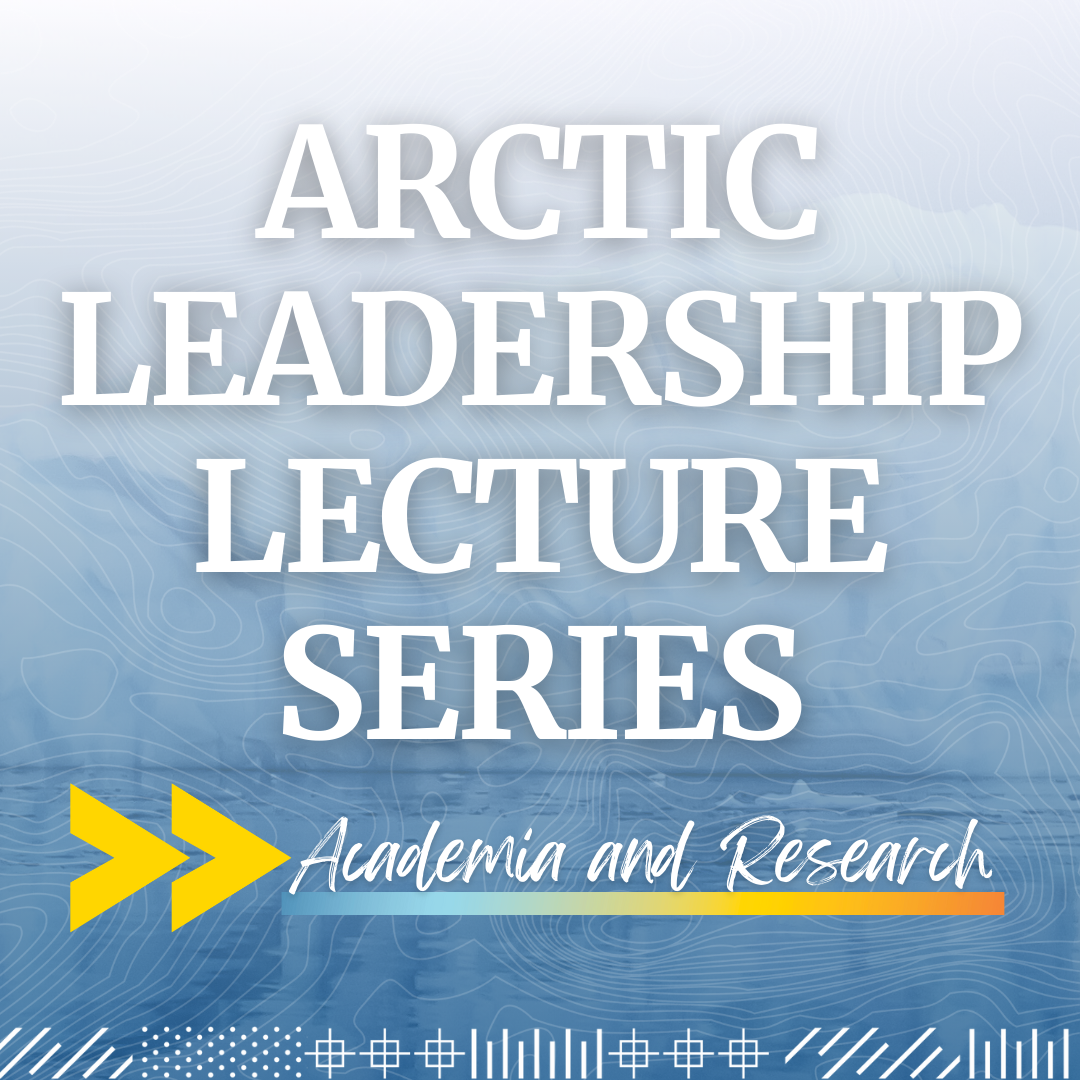Student Resources & Opportunities
Arctic and Northern Studies Resources
Resources and opportunities for Arctic and Northern Studies students.
Current News

April 18, 2025
Meet CLA's 2024-2025 Outstanding Students, recognized for academic excellence, leadership, and impact across UAF and their departments.

Student Spotlight: Andy Witteman
April 14, 2025
Philosophy, Political Science, and Arctic Studies come together in Andy Witteman's journey of inquiry, passion, and personalized learning at UAF.

Arctic Leadership Lecture Series: Arctic Academia and Research
April 10, 2025
Scholars Terry Chapin and Oran Young explore Arctic research, policy impact, and career paths in academia, sustainability, and environmental leadership.
Please make your submission a minimum of 2 weeks before you’d like to see published. We will do our best to honor your request but cannot guarantee it if it falls within the 2 week minimum submission period.
Please make your submission a minimum of 2 weeks prior to the event. We will do our best to honor your request but cannot guarantee it if it falls within the 2 week minimum submission period.
Organizations

Model Arctic Council
The Model Arctic Council (MAC) is an academic program in which students from universities throughout the circumpolar North and beyond actively participate in a collaborative, experiential learning exercise to expand their knowledge of salient challenges and concerns in the Arctic.
Arctic and Northern Studies Club
The mission of the Arctic and Northern Studies Club to provide a platform to students interested in Arctic studies to connect and learn about issues relating to the circumpolar North, particularly as they relate to Alaska.


Alaska Historical Society
The Alaska Historical Society (AHS) is a non-profit, volunteer-based organization dedicated to the promotion of Alaska history by the exchange of ideas and information, the preservation and interpretation of resources, and the education of Alaskans about their heritage.
University of the Arctic (UArctic)
The University of the Arctic (UArctic) is a network of universities, colleges, research institutes, and other organizations concerned with education and research in and about the North. UArctic builds and strengthens collective resources and infrastructures that enable member institutions to better serve their constituents and their regions.

Sources

University of Alaska Museum of the North
UAMN holds over 2.5 million artifacts and specimens that represent millions of years of biological diversity and thousands of years of cultural traditions in the North. The collections are organized into ten disciplines (archaeology, birds, documentary film, earth sciences, ethnology and history, fine arts, fishes and marine invertebrates, insects, mammals, and plants) and serve as a valuable resource for research on climate change, genetics, contaminants, and other issues facing Alaska and the circumpolar North.
The museum is also the premier repository for artifacts and specimens collected on public lands in Alaska and is a leader in Northern natural and cultural history research. These collections form the foundation for the museum’s research, education programs, and exhibits. They are accessible to students on the UAF campus and remotely through the online collection management system, Arctos. All University of Alaska students receive free admission to the museum and are encouraged to consider using the collections as part of their academic work at UAF.



